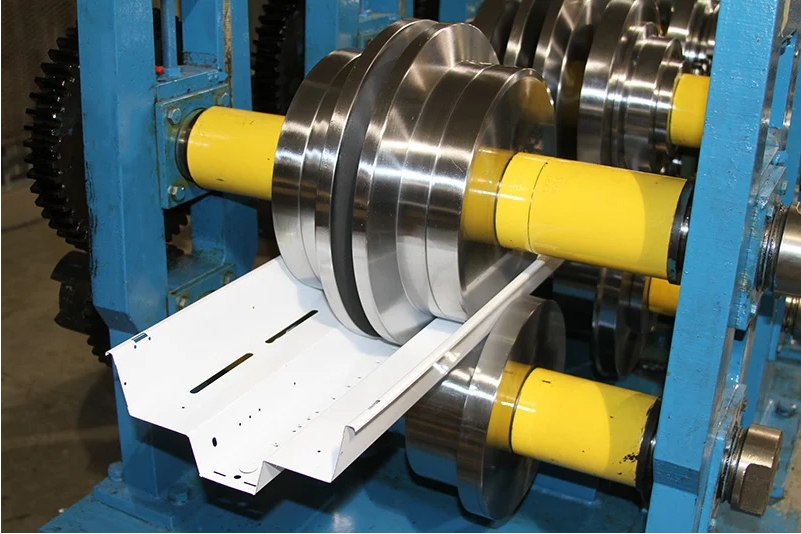Navigation Menu
Contact Us
- Email:
- info@wxavatar.com
- Address:
- Yurong Village, Yuqi Street, Huishan District, Wuxi, China.
Release Date:Jul 11, 2025 Visit:40 Source:Roll Forming Machine Factory
The lighting industry is consistently seeking materials that combine durability with design flexibility. In this pursuit, anodized aluminum is emerging as a prominent choice for manufacturers aiming to elevate the visual appeal of their products. This surface treatment offers a unique blend of characteristics that cater to contemporary lighting design demands.

The Appeal of Anodized Aluminum
Anodizing is an electrochemical process that transforms the surface of aluminum into a robust, integrated oxide layer. This layer provides a significant enhancement over untreated aluminum. Unlike coatings that merely sit on the surface, the anodized layer is part of the metal itself, which means it won't chip, peel, or flake over time.
For lighting manufacturers, this inherent durability translates into fixtures that maintain their appearance even in demanding environments. This makes anodized aluminum suitable for a broad range of applications, from interior luminaires to outdoor architectural lighting.
Aesthetic Versatility and Finish Options
One of the key advantages driving the adoption of anodized aluminum in lighting is its aesthetic adaptability. The anodizing process allows for a wide spectrum of finishes and colors. Manufacturers can achieve various looks, from a subtle matte to a highly reflective, polished appearance.
Through the controlled application of dyes during the anodizing process, a diverse palette of colors can be integrated into the metal. This allows for extensive customization, enabling designers to match specific project requirements or create distinctive visual statements. The inherent metallic luster of aluminum is preserved and even enhanced, creating a sophisticated and refined look that interacts dynamically with light. This ability to infuse color directly into the material, rather than applying a surface layer, results in a finish that resists fading and maintains its vibrancy over time.
Beyond Appearance: Performance Benefits
While aesthetics are a primary driver, anodized aluminum also brings functional benefits to lighting applications. The hardened surface provides increased resistance to wear and abrasion, protecting fixtures from daily handling and environmental exposure. Additionally, the anodized layer offers improved resistance to corrosion, which is particularly valuable for lighting installations in humid or outdoor settings.

Anodizing also contributes to the longevity and consistent quality of lighting products. The precise control offered by the anodizing process ensures uniform finishes across batches, vital for maintaining product standards and brand consistency. This combination of visual appeal and performance makes anodized aluminum a compelling material for the evolving landscape of lighting design and manufacturing.